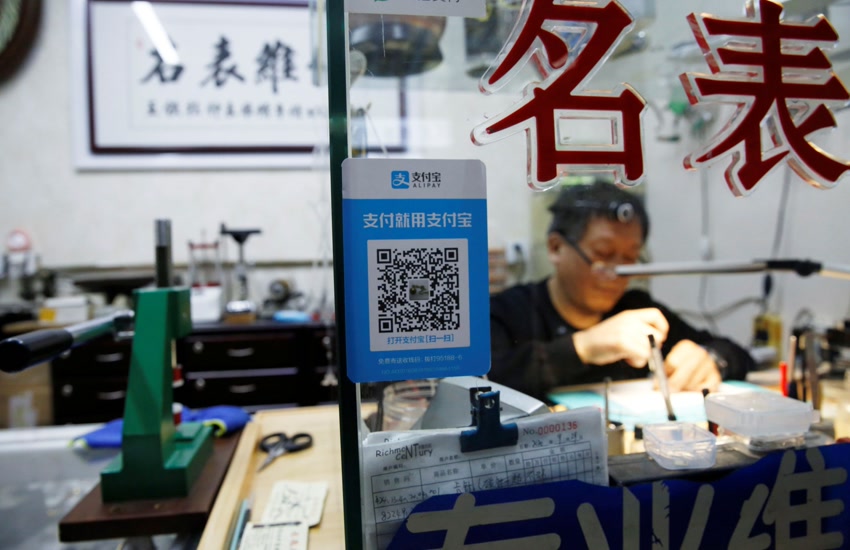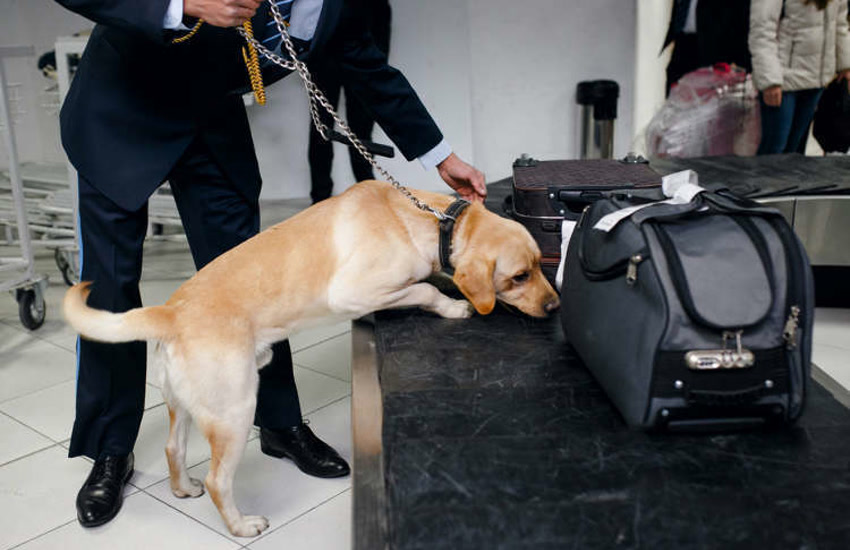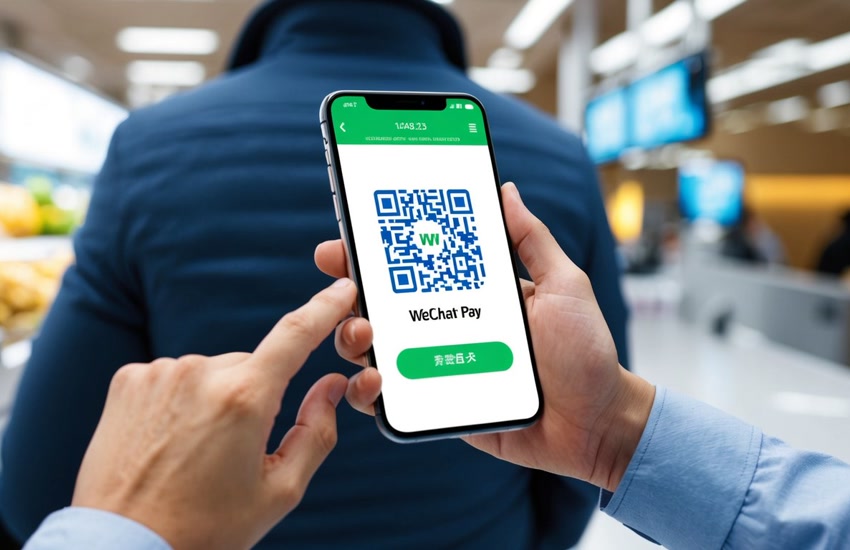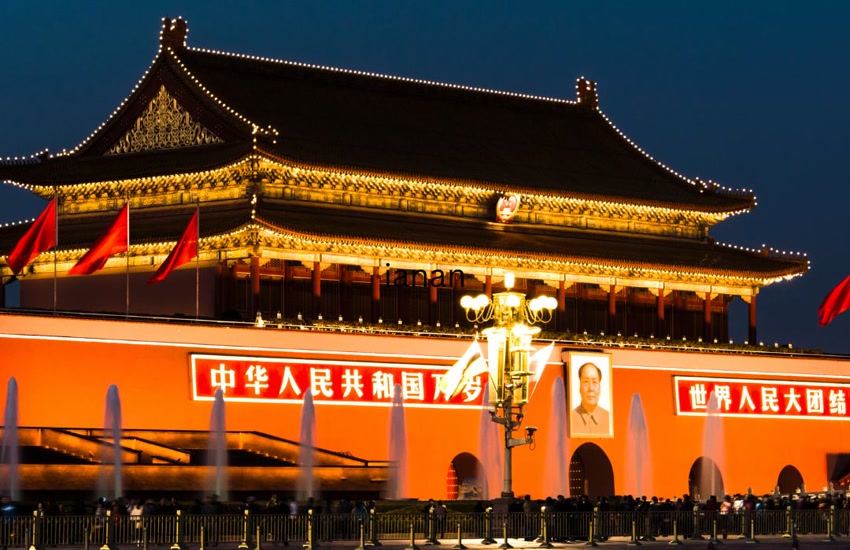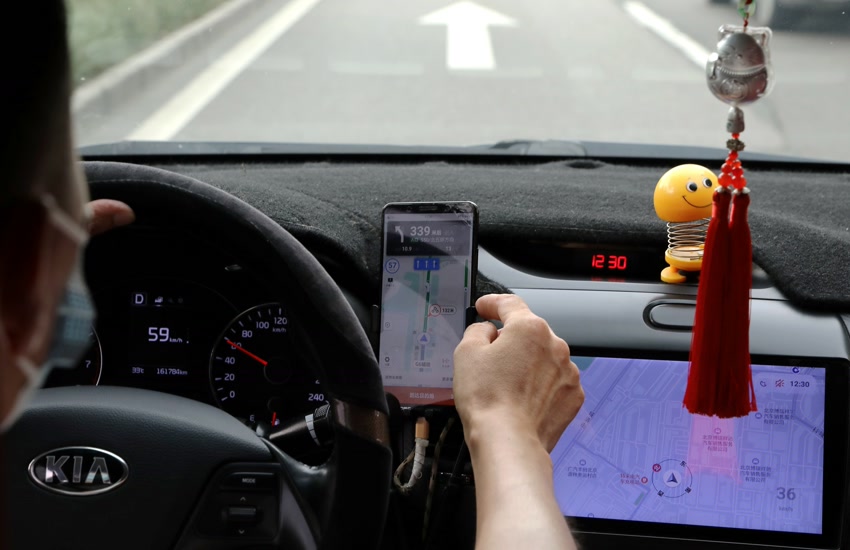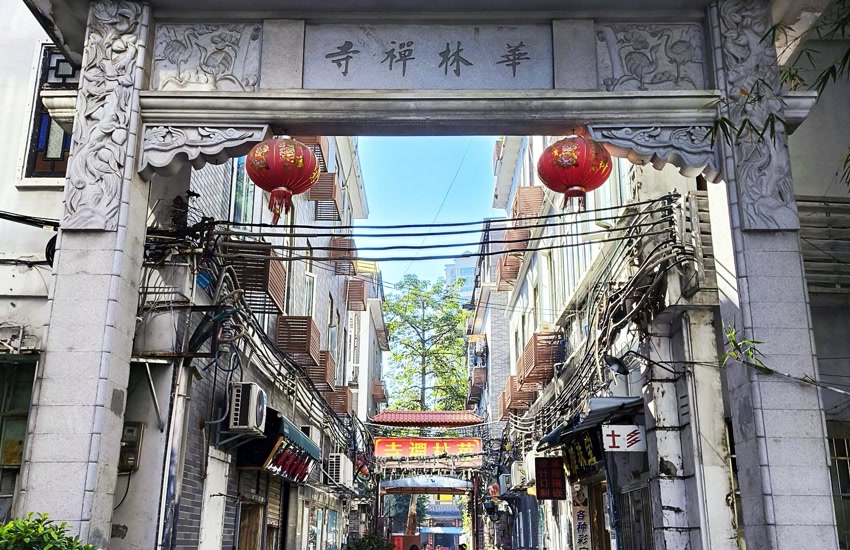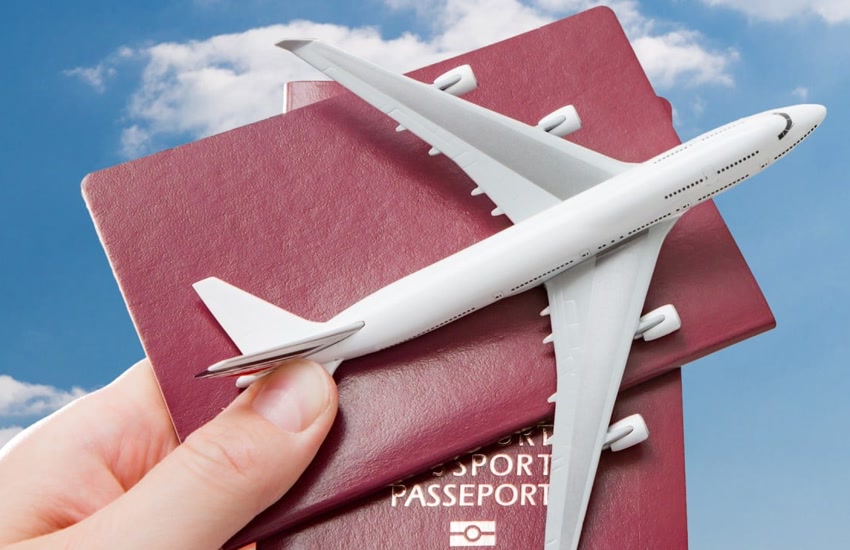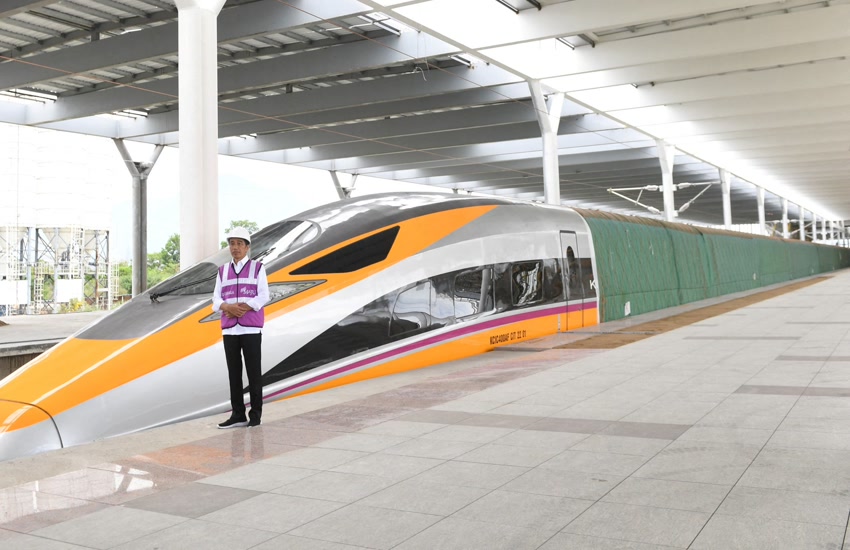
Ni hao, globetrotters! If you’re planning a viaje a China or a trip to China itinerary, buckle up, because today we’re diving deep into one of the most efficient, affordable, and fascinating ways to see this vast and diverse country: traveling in China by train.
This will come in handy when planning your China travel itinerary.
China boasts the world’s longest high-speed rail network, and even the more traditional trains offer a unique glimpse into local life.
Why Choose Train Travel in China?
Before we get into the nitty-gritty, let’s talk about why train travel is such a great option in China:
Affordability
Generally, trains are cheaper than flying, especially if you opt for the slower, overnight options. This makes traveling in China by train a budget-friendly way to see a lot of the country. Especially important if you are conscious about how much rmb to spend on one day in China.
Efficiency (Sometimes!)
While the older trains can be slow, China’s high-speed network is a marvel. For many routes, especially short-to-medium distances, the bullet train can actually be faster than flying when you factor in getting to and from the airport, security lines, and potential delays. This is key for a tight Beijing itinerary.
Comfort
Modern high-speed trains offer comfortable seating, ample legroom, and the ability to walk around. Even the sleeper trains, while basic, provide a place to lie down and rest during long journeys.
High-Speed vs. Traditional: What Kind of Train Should You Take?
China’s railway system essentially has two main types of trains: high-speed (bullet) trains and traditional trains. Here’s a quick rundown of each:
High-Speed Trains (G, D, and C Trains)
These are the speed demons of the rails, reaching speeds up to 350 km/h (217 mph). They are modern, comfortable, and connect major cities. “G” trains are the fastest, followed by “D” trains, and then “C” trains. These are the best option when you want to get somewhere quickly. Great if you are trying to fit in things to do in China – Beijing during a short trip.
Classes: Typically offer Second Class, First Class, and Business Class seating. Second Class is surprisingly comfortable, while First and Business Class offer more space and amenities.
Traditional Trains (Z, T, K, and Numbered Trains)
These are your classic, slower trains. While not as fast or fancy as the high-speed options (Z trains reach a maximum speed of 160 km/h), they are often cheaper and offer a more authentic travel experience. Many run overnight and have sleeper cars, which can save you money on accommodation.
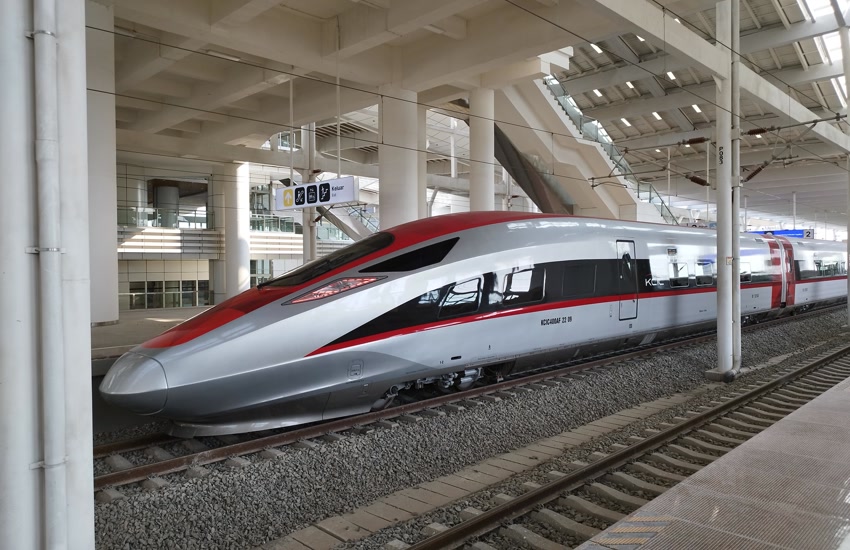
Classes: Can include Hard Seat, Soft Seat, Hard Sleeper, and Soft Sleeper. Hard seats are the most basic and can be crowded. Sleepers offer a bunk in a shared compartment.
Booking Your China Train Tickets: A Step-by-Step Guide
Okay, let’s get to the practical stuff. How do you actually book train tickets in China? Here’s the lowdown:
Where to Book:
You have a few options:
- Trip.com: This is my go-to for convenience. Trip.com is a popular online travel agency that offers a user-friendly interface, supports multiple languages, and accepts international credit cards (including AMEX!). They also allow you to reserve tickets further in advance (up to 60 days), which is useful during peak travel seasons. There is a small booking fee. A must use if you’re planning your China shopping trip.
- Railway 12306 (Official Website and App): This is the official China Railway booking platform. It’s the cheapest option (no booking fees), but the website and app can be a bit clunky to navigate, especially if you don’t read Chinese. However, they do have an English version available. You will need an Alipay account to pay, so be aware that Alipay charges a 3% transaction fee on purchases over ¥200 using an international card.
- Train Stations and Ticket Outlets: You can buy tickets in person at train stations and authorized ticket outlets, but language barriers can be a challenge, and lines can be long.
Essential Booking Tips:
- Book in Advance: Especially during holidays like Chinese New Year (Spring Festival), Golden Week (October 1st), and other major holidays. Tickets can sell out fast. Remember that tickets are generally released only 15 days in advance when booking via Railway 12306. You can usually reserve tickets further out (60 days) using Trip.com. This is especially important if your China travel plan includes peak travel times.
- Passport is Key: China has a “real-name ticketing” policy. You must use your passport to book your ticket, and you’ll need to present it when boarding the train.
- E-Tickets are the Norm: No need to pick up a paper ticket! Your ticket is linked to your passport. Just head to the gate with your passport in hand. But if you want to have a physical copy, you can print out the ticket information in advance, or show it on your phone.
Navigating the Train Station: A Beginner’s Guide
Chinese train stations can be massive and a bit overwhelming, especially for first-timers. Here’s how to navigate them like a pro:
- Arrive Early: Aim to arrive at least 1 hour before your departure time, especially if it’s a large station or a peak travel period.
- Security Check: Before you can even enter the main station area, you’ll need to go through a security check, similar to airport security. Have your passport and booking confirmation ready.
- Find Your Waiting Room: Look for the departure board (usually in Chinese, but often with some English). Find your train number and the corresponding waiting room or gate number.
- Boarding: Check-in usually opens 15-20 minutes before departure. Another passport check and then you can get onto the platform.
- Find Your Carriage and Seat/Bunk: Train staff are usually available to help you find your carriage and seat or bunk. Don’t be afraid to ask for assistance!
What to Expect Onboard:
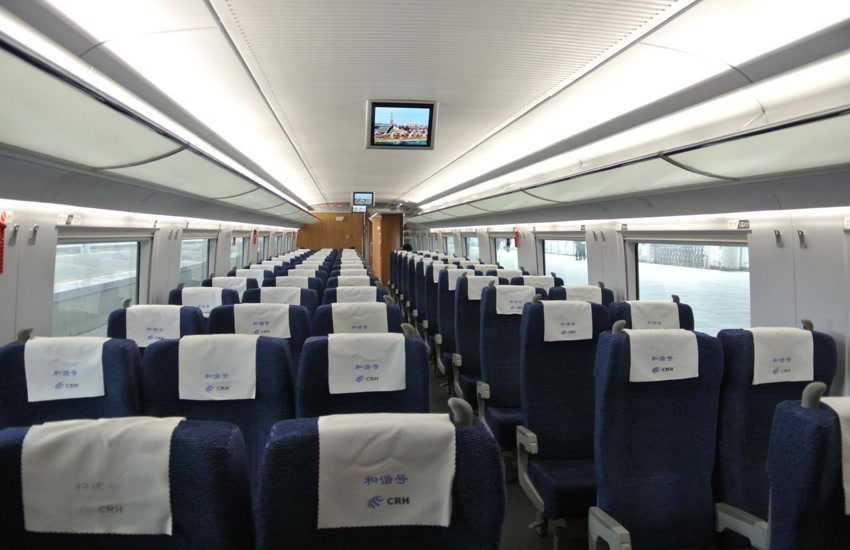
Once you are onboard, here’s what you can expect:
- Food and Drinks: High-speed trains usually have a dining car or offer a trolley service with snacks and drinks. You can also bring your own food and beverages. Traditional trains often have a dining car serving basic meals. Don’t forget to try Chinese tea in Chinese when onboard!
- Toilets: All trains have toilets, though the cleanliness can vary.
- Luggage: There are luggage racks above the seats and often storage space at the end of each carriage.
- Announcements: Announcements are usually in Chinese, but some high-speed trains have English announcements as well.
- Hot Water: Hot water dispensers are common on trains in China. Take Chinese tea green bags or instant coffee from China!
Some Extra Tips for Your China Train Journey
To make your train journey in China more enjoyable, here are some extra tips:
Download a Translation App: Google Translate or Pleco can be lifesavers for communicating with staff and understanding announcements. Learn Basic Mandarin Phrases: Knowing a few basic phrases like “ni hao” (hello), “xie xie” (thank you), and “qing wen” (excuse me) will go a long way. Bring Entertainment: Books, downloaded movies, or music can help pass the time on long journeys. Pack Snacks: While food is available on board, it’s often overpriced or not to your taste. Bring your own snacks to avoid disappointment. Respect Local Customs: Be mindful of noise levels, especially in sleeper cars, and be respectful of your fellow passengers. Know the compass directions: Shanghai South is “Shanghainan” – 南 means South. The four compass directions in Chinese are: North (Bei), South (Nan), East (Dong), West (Xi).
Addressing Common Questions
| Question | Answer |
|---|---|
| Is train travel expensive in China? | Train travel is very affordable in China, especially compared to taking flights. The faster bullet trains are of course more expensive than the traditional slower trains. |
| How much is the bullet train ticket from Beijing to Shanghai? | The price of a bullet train ticket from Beijing to Shanghai varies depending on the class of seat, but you can expect to pay anywhere from $80 to $250 USD. |
Ready to Ride?
Traveling in China by train is an experience in itself. It’s a chance to see the country up close, meet locals, and create lasting memories. With a little planning and preparation, you can navigate the Chinese railway system with confidence and enjoy a truly unforgettable adventure.
So, what are you waiting for? Book your ticket, pack your bags, and get ready to explore the amazing country of China by train! Don’t forget to check out the Beijing China market or the pearl market Beijing for souvenirs from China when you’re in the capital. A little bit of Chinese tea best could also be a great item for souvenirs China.


